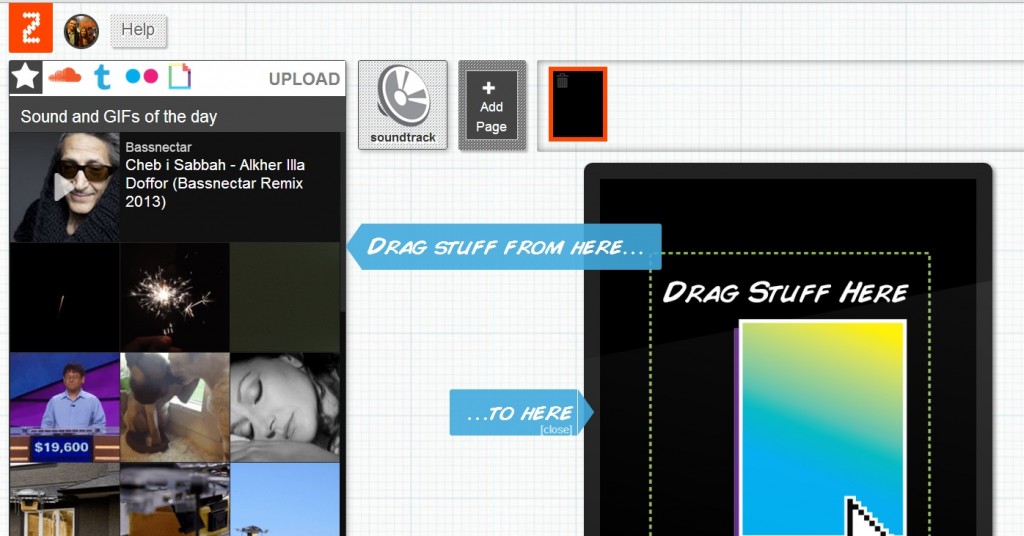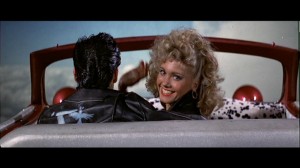Name: Carl Gibson
Student Number: s3324901
Teacher: Seth Keen
1. I will summarise the Lecture each week with a blog post of considerable length (e.g. 200 words.) This will ensure that I have fully understood this week’s topics and will remember what I have learnt
2. I plan to speak aloud at least once in every week’s tutorial or lecture. I aim to do this to improve my involvement in class discussions and become more confident. This will also allowing me to clarify any confusion I have on the topic, instead of just sitting in silence.
3. I plan to post my lecture notes on my blog every week so that I stay organized and will be able to reflect on the organization of my blog and how well I am using it as a source for information about the subject. Every three weeks I will post a 200 word reflection on how my blog is going based on organization.
4. I aim to extend my knowledge beyond the course material by posting something interesting that shows I have done further research beyond the readings. This particular post will be done once a week and will encourage me to search beyond what is spoon fed to me. 150 words
5. I will summarize my Korsakow learning progression with a weekly blog post of 2- 3 paragraphs so that I can monitor the amount of practise I am getting with the software and retain any knowledge I gain. This will allow me to gain a better understanding of the software for assessments. and reflect on how far I have progressed
WEEK 2: 1) 3/3 HD 2) 3/3 HD 3) 3/3 HD 4) 0/3 F 5)0/3 F 9/15 Credit
WEEK 3: 1) 3/3 HD 2) 3/3 HD 3) 3/3 HD 4) 0/3 F 5) 0/3 F 9/15 Credit
WEEK 4: 1) 3/3 HD 2) 3/3 HD 3) 3/ 3 HD 4) 0/3 F 5) 0/3 F 9/15 Credit
WEEK 5: 1) 3/3 HD 2) 3/3 HD 3) 3/3 HD 4) 3/3 HD 5) 3/3 HD 15/15 HD
WEEK 6: 1) 3/3 HD 2) 3/3 HD 3) 3/3 HD 4) 0/0 F 5) 3/3 HD 12/15 HD
WEEK 7: 1) 3/3 HD 2) 3/3 HD 3) 3/3)HD 4) 3/3 D 5) 0/3 12/15 HD
WEEK 8: 1) 0/3 HD 2) 3/3 HD 3) 0/3 HD 4) 3/3 HD 5) 3/3 12/15 Credit
WEEK 9: 1) 3/3 HD 2) 3/3 HD 3) 3/3 HD 4) 0/3 F 5)0/3 F 9/15 Credit
WEEK 10: 1) 3/3 HD 2) 3/3 HD 3)3/3 HD 4) 0/3 F 5)0/3 f 9/10 Credit
WEEK 11: 1) 3/3 HD 2)3/3 HD 3) 3/3 HD 4) 3/3 HD 5)0/3 F 12/15 HD
Total 108/150 72%







